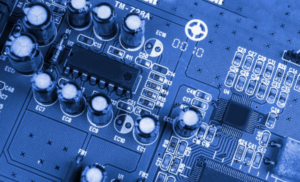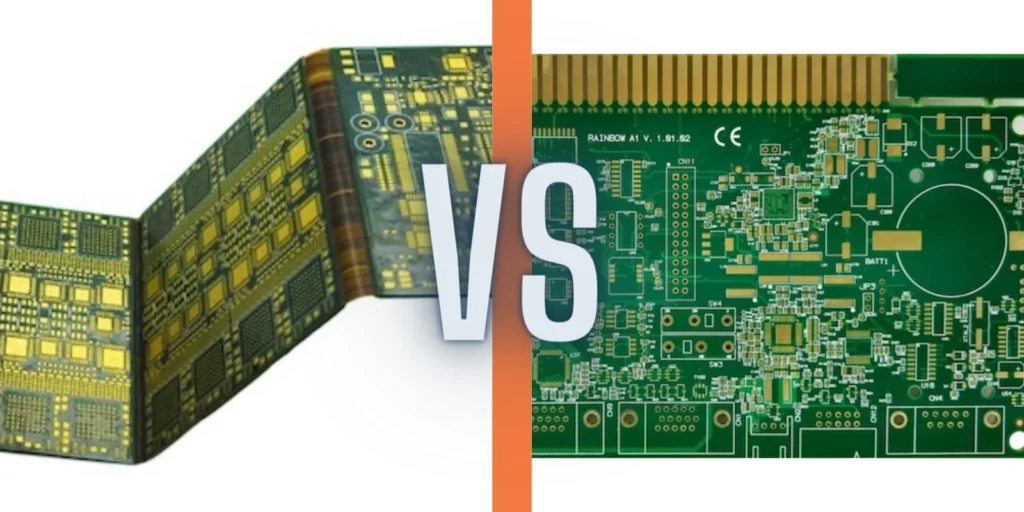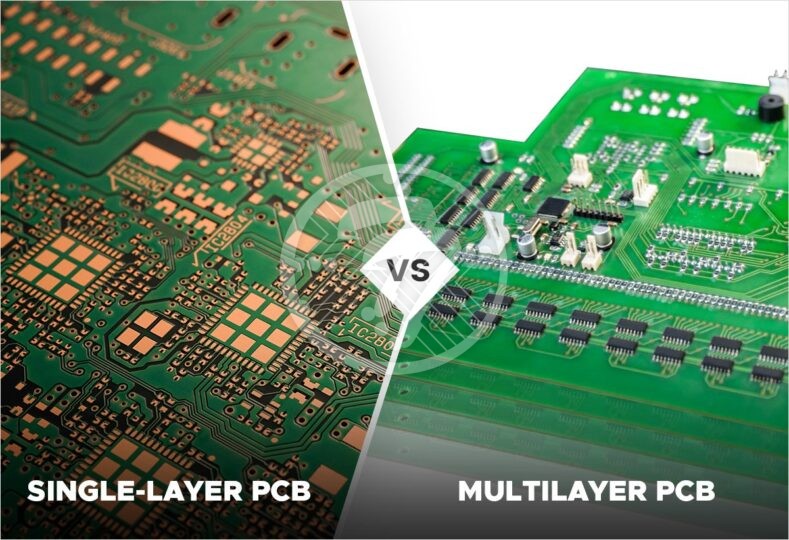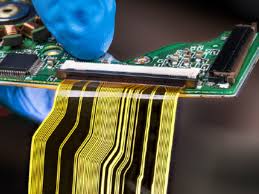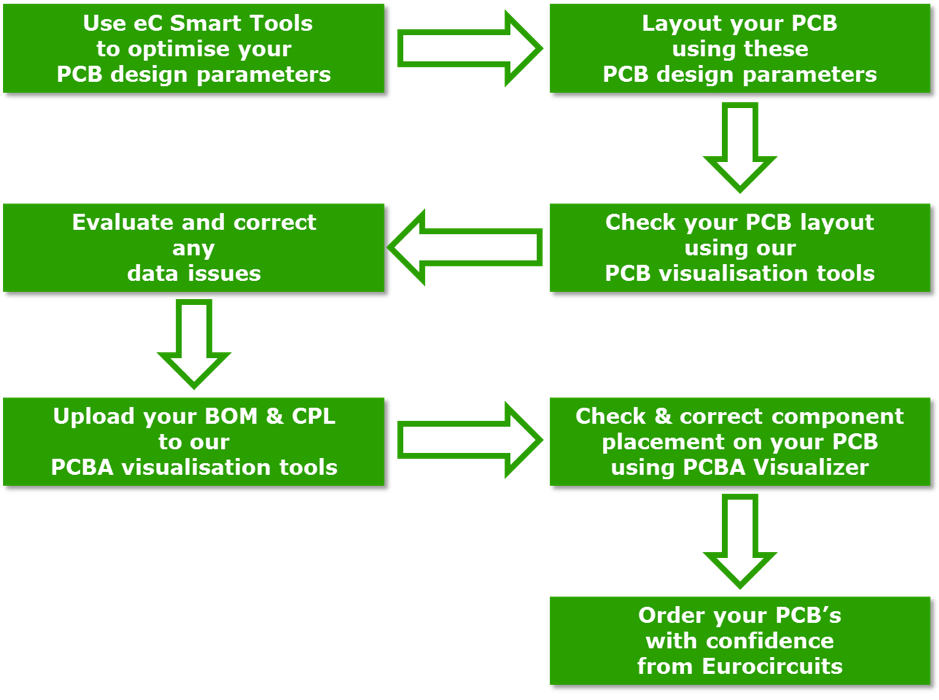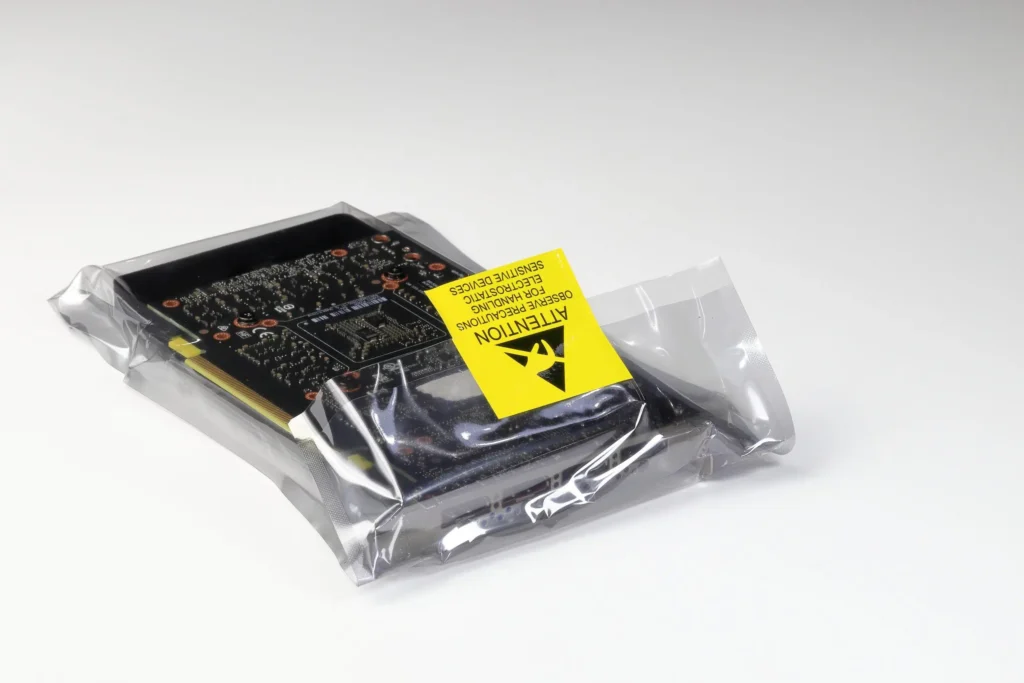In PCB design, whether to use chip beads or chip inductors is mainly focused on application scenarios. pcb design is based on the circuit schematic diagram to achieve the functions required by the circuit designer. PCB design mainly refers to layout design, and the layout of external connections needs to be considered. The resonant circuit requires a chip inductor. When it is necessary to eliminate unnecessary EMI noise, the use of chip beads is the best choice. The unit of the magnetic beads is ohms, not Hunter, and special attention should be paid. Because the unit of a magnetic bead is labeled according to the impedance it produces at a certain frequency, the unit of impedance is also ohmic. The frequency and impedance
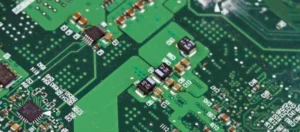
characteristic curves of magnetic beads are generally provided on the magnetic bead data sheet, generally based on 100 MHz, such as 1000R100 MHz, which means that the impedance of the magnetic beads at 100 MHz is equivalent to 600 ohms. Commonly used filters are composed of lossless reactance components, and their role in the circuit is to reflect the stopband frequency back to the signal source, so this filter is also called a reflection filter. When the impedance of the reflection filter does not match the impedance of the signal source, a portion of the energy will be reflected back to the signal source, resulting in an increase in interference levels. In order to solve this problem, a ferrite bead or a bead sleeve can be used on the input line of the filter, and the eddy current loss of the high frequency signal caused by the bead or bead is used to convert the high frequency component into heat loss. Therefore, magnetic rings and beads actually absorb high-frequency components, so they are sometimes called absorption filters. Different ferrite suppression elements have different optimal suppression frequency ranges. Generally, the higher the permeability, the lower the suppression frequency. In addition, the larger the ferrite volume, the better the corrosion inhibition effect. Some online studies have found that when the volume is constant, long and thin shapes are better than short and thick shapes, and the smaller the inner diameter, the better the suppression effect. However, in the case of DC or AC bias, there is also the problem of ferrite saturation. The larger the cross section of the suppression element, the lower the saturation level, and the larger the bias current it can withstand. When EMI absorbs magnetic rings / beads to suppress differential mode interference, its current value is proportional to its volume, and the misalignment between them causes saturation, which reduces the performance of the component. When suppressing common mode interference, the positive and negative lines of the power supply pass through the magnetic ring at the same time, and the effective signal is a differential mode signal. The EMI absorbing magnetic ring / bead has no effect on the magnetic ring / bead, but it will produce a large inductance for the common mode signal. There is also a better method of using a magnetic ring, which is to allow the wire to be wound repeatedly through the magnetic ring several times to increase the inductance. According to its electromagnetic interference suppression principle, its suppression effect can be used reasonably.
Ferrite suppression components should be installed near sources of interference. The key to pcb designing a circuit board to be a “controllable impedance board” is to make the characteristic impedance of all circuits meet a specified value, usually between 25 ohms and 70 ohms. In multi-layer circuit boards, the key to good transmission line performance is to keep its characteristic impedance constant throughout the line. For input / output circuits, place them as close as possible to the entrance and exit of the shield case. For an absorption filter composed of a ferrite ring and a magnetic bead, not only the loss material with high magnetic permeability should be selected, but also its application. Their resistance to high-frequency components in the circuit is about 10 to hundreds, and their role in high-impedance circuits is not obvious. On the contrary, they will be very effective in low-impedance circuits such as power distribution, power supplies or RF circuits.
Ferrites are widely used in electromagnetic interference (EMI) control because they can attenuate higher frequencies and allow low frequencies to pass almost unhindered. Magnetic rings / beads for electromagnetic interference absorption can be made into various shapes and widely used in various occasions. For example, on a PCB, it can be added to DC / DC modules, data lines, power lines, and so on.

